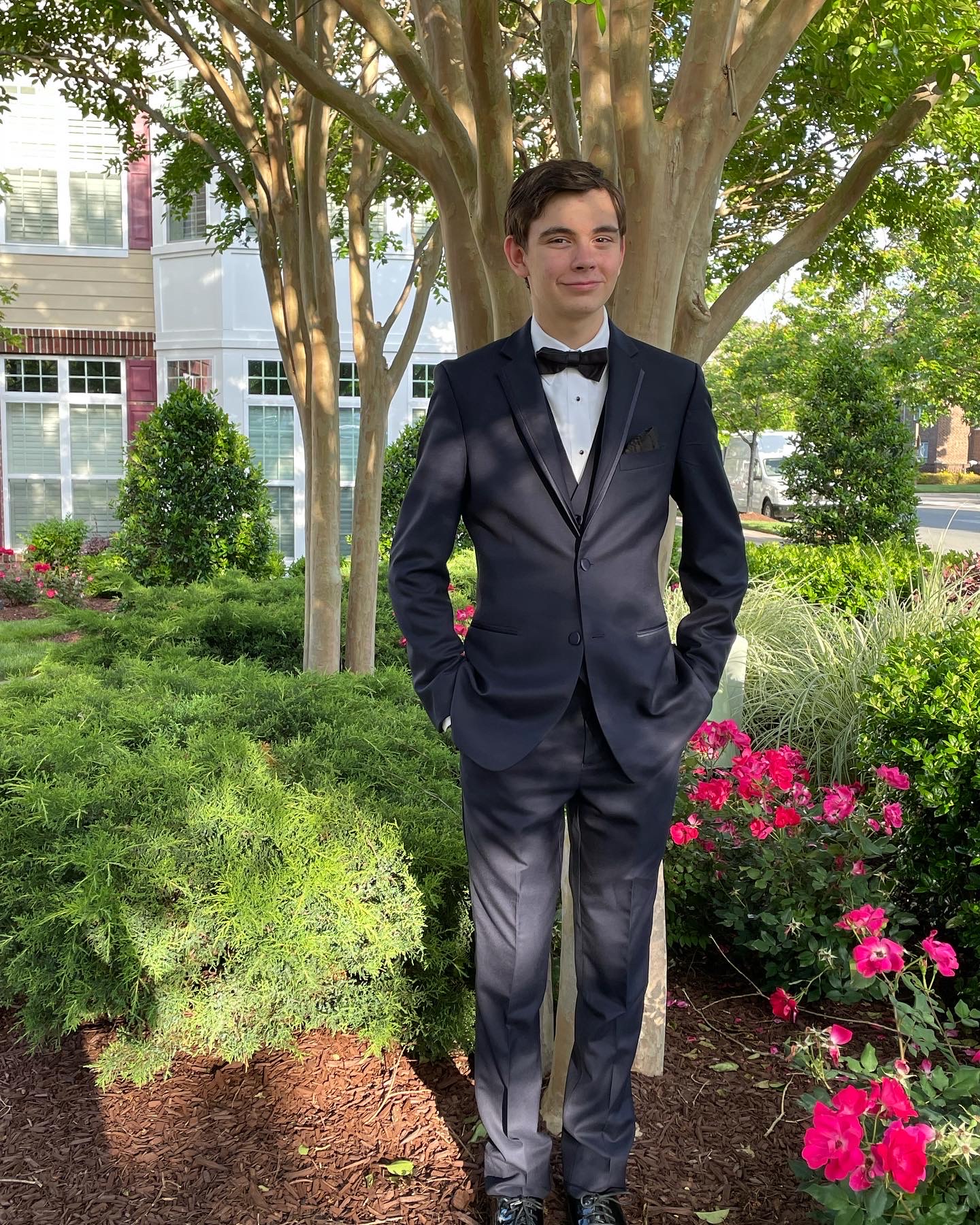Comic books started out in the early 1930’s, typically rehashing newspaper strips or a small joke. When 1938 rolls around, Action Comics #1 debuts Superman, leading to comic books being associated with superheroes.
The Golden Age of comic books lasted from 1938-1956. This includes the debut of arguably the most famous and beloved superhero of all time – Batman. He looks far different then we see him today, with a light gray costume, blue cape, and a large, more triangular cowl with small, pointy ears pointing to either side. He also dons lavender gloves. He actually even kills the Joker in this first appearance, but they find a way to bring the villain back. Joker becomes Batman’s arch nemesis, a title he still holds.
Due to World War II, many superheroes had agendas. Captain America was introduced for the first time, and Batman, Robin and Superman team up in one issue to defeat Adolf Hitler. These original comics had darker themes, like recent movies in the Marvel Cinematic Universe and the Tim Burton Batman films, but they were done with vibrant, bold colors and littered with public service announcements.
In fact, comic books looked upon servicemen as the real heroes, and were popular among servicemembers. 44% of men in the army in 1944 identified themselves as comic book fans.
Then, in 1956, hysteria hit the nation when Fredric Wertham, a psychiatrist, published a book called Seduction of the Innocent, and claimed that comic books corrupted young minds – and painted Batman and Robin as homosexuals, and one of their most famous villains, Catwoman, was banned from comics until the 1970’s, because she was a beautiful femme fatale that “glorified” crime.
By the 1960’s, Marvel created more human superheroes, and leapt out of DC’s shadow. Marvel Comics was a household name by the 1970’s. Batman also took on another new look – this time in all blue and grey with a touch of black on the mask and a silver, painted on frown. Adam West lent an incredible performance in the 1966 show, talking about the importance of good grammar, staying in school, and parking responsibly. This version of the Caped Crusader was more comedic and good natured, and with star actors taking on roles of Batman’s most famous villains: The Joker, Riddler, Penguin, and even Catwoman (who was uncancelled after Julie Newmar’s incredible performance).
By the 70’s, comics were back. The anti-war movement, civil rights, and hippies led to more characters of color being superheroes, including Black Panther, Storm, and Cyborg. The art and storylines called out brutality of the police and denounced racism.
By the 90’s, superheroes had a darker tone, dealing with drugs addiction and dark, gloomy storylines — this time without the bright colors. Sadly, comic books have become less prominent in American life, as the storylines have become obscure and repetitive, and in many cases, actually unsuitable for children.

Hey, I’m Noah and I am a staff writer on The Mycenean. I participate in Executive Council and I am on the autism spectrum which is useful for retaining information about my special interest, politics.
Leave a Reply